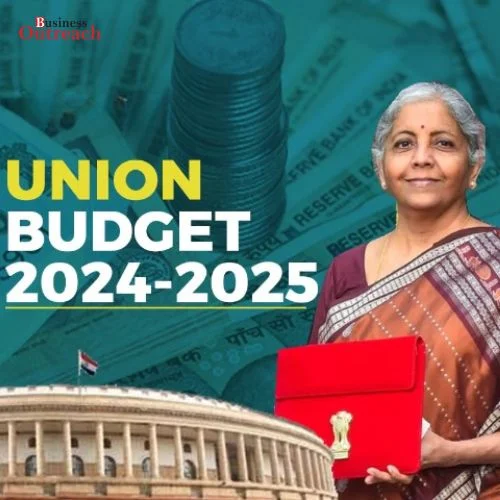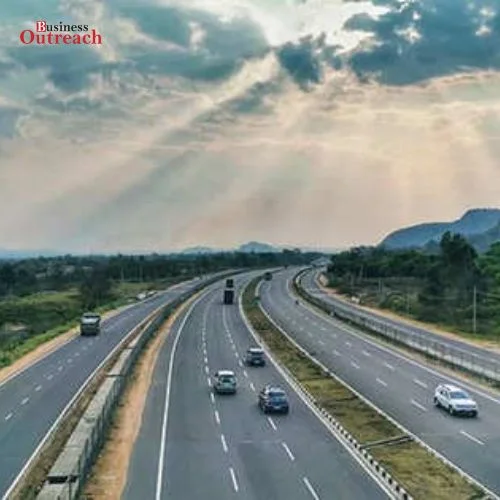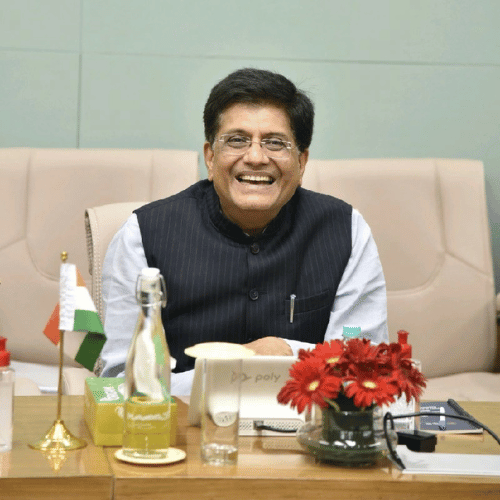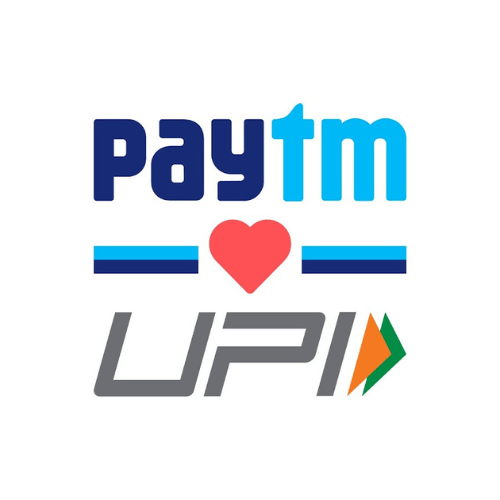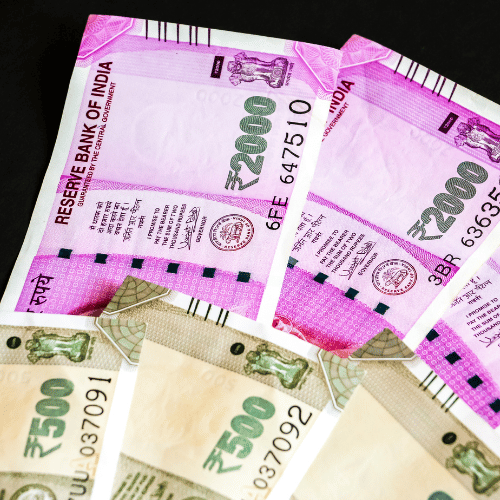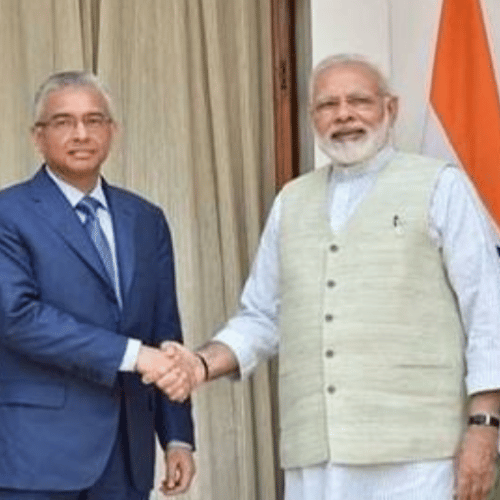The program is an aggressive step to guarantee that the advantages of government subsidies are distributed effectively and openly to the intended recipients.
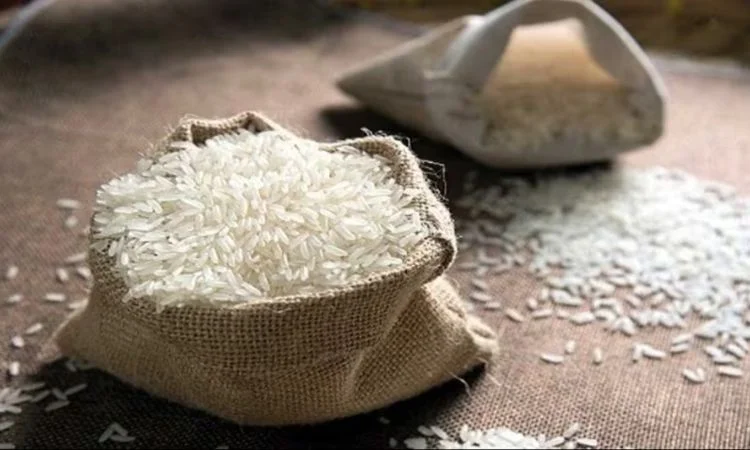
The Center’s plan to offer subsidized kitchen basics to consumers under the Bharat brand, including rice, wheat flour, and lentils, will also include quality control.
According to two senior government officials who spoke to Mint, the National Cooperative Consumers’ Federation of India Ltd. (NCCF) and the Quality Council of India (QCI) will work together to create a strong ‘track n trace’ system that will preserve the quality of these necessary food items while also thwarting any potential diversion and malpractice.
This action is consistent with the significant amount of money the government spends on food subsidies, underscoring the significance of protecting the efficacy and integrity of such spending.
The Center has estimated that it will spend ₹2.05 trillion on food subsidies in the 2024–25 fiscal year (FY25). It exceeded the planned projection of ₹1.97 trillion for the year, coming in at ₹2.12 trillion in FY24.
Under other social programs including the National Food Security Act, or NFSA, the federal government offers subsidized food grains to the states.
The ‘track and trace’ system is intended to enable strict quality controls and monitoring from the milling stages to distribution from the warehouses of the Food Corp of India (FCI) and the National Agricultural Cooperative Marketing Federation of India (Nafed), in response to recommendations made by the ministry of consumer affairs, food, and public distribution.
According to one of the aforementioned experts, the goal is to make sure that the quality of these necessities fulfills expectations, therefore boosting consumer confidence.
Nafed, NCCF, and Kendriya Bhandar are offering subsidized Bharat Dal at ₹60 per kg, Bharat Atta at ₹27.5 per kg, and Bharat Rice, which was introduced on Tuesday, at ₹29 to alleviate the burden of high inflation on customers.
Retail inflation increased from 5.5% in November to a four-month high of 5.69% in December. It is still near the higher end of the central bank’s tolerance range, which is set at 2-6%.
According to Mint, The other official clarified that the ‘track and trace’ project was implemented proactively to make sure government subsidies benefit the intended users in an efficient and transparent manner rather than in response to any complaints received.
As of the time of publication, the consumer affairs, food and public distribution ministries, NCCF, and QCI had not responded to any of the inquiries.
Additionally, the official stated that the technology will assist in offering insights into customer demand and distribution patterns, allowing changes to the program depending on actual demands.
This system confirms the caliber of items offered at discounted prices in addition to making sure the proper people receive the things. He went on to say that a critical first step in communicating this assurance to the public is the certification of these items by an unbiased, independent organization such as the QCI.
The NCCF intends to enhance the transparency and efficacy of the distribution process by utilizing its tracking software and implementing barcoding and QR codes.
“We are happy to announce that barcoding is available for Bharat rice,” the official stated, indicating that the terms and conditions of the deal with QCI will be developed shortly.








